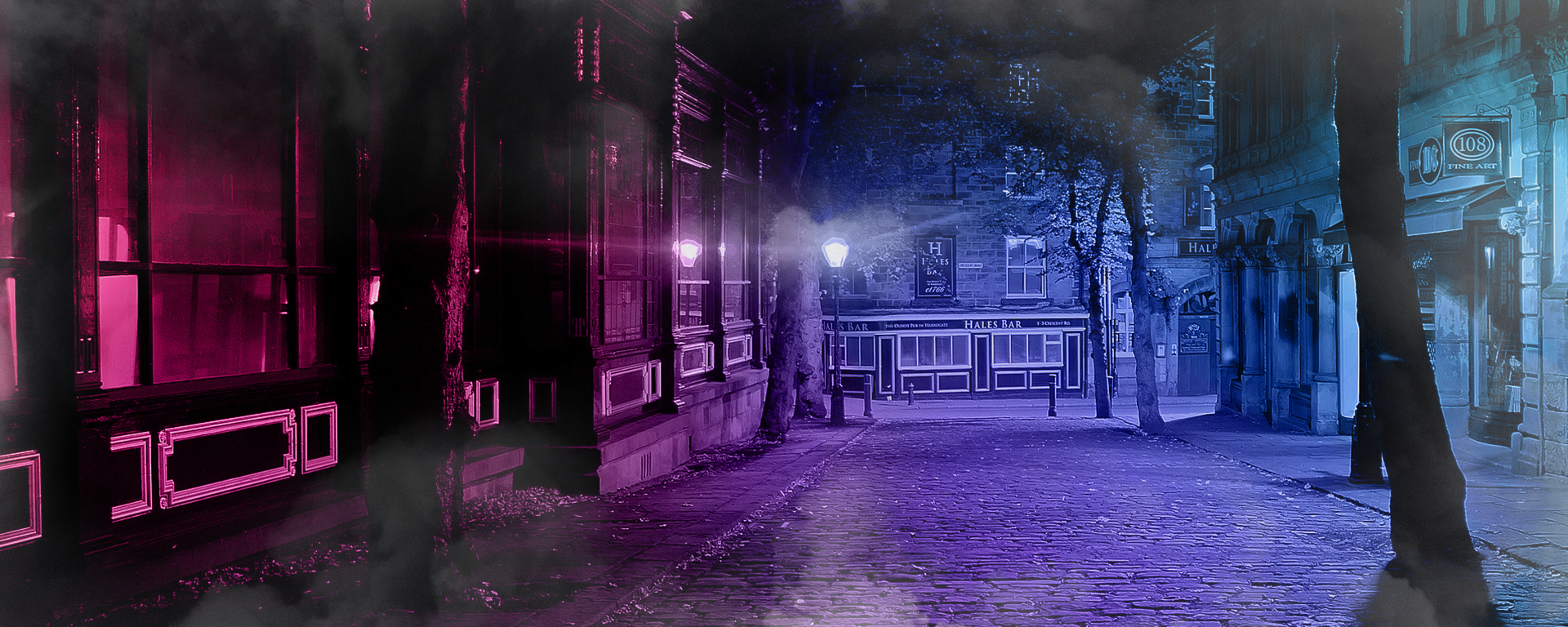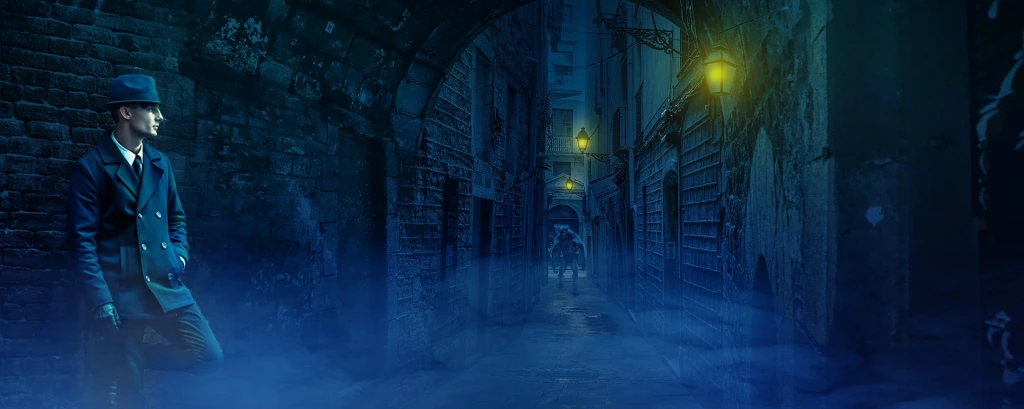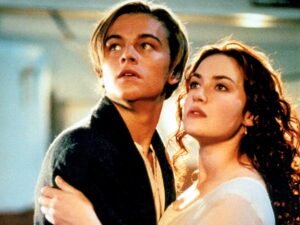Urban fantasy, a genre that blends the supernatural with contemporary settings, has undergone significant evolution since its inception. From its early influences to modern hits, urban fantasy has transformed in response to cultural shifts, literary innovations, and changing reader preferences. This article explores the genre’s journey, highlighting key developments and milestones that have shaped its current form.
Early Influences: Roots of Urban Fantasy
**1. Mythology and Folklore
Urban fantasy draws heavily from mythology and folklore, incorporating ancient stories and mythical creatures into modern settings. Early urban fantasy can be traced back to works that blended mythological elements with contemporary life, setting the stage for the genre’s development.
Example:
- “The Works of Charles de Lint”: De Lint’s early works, such as “The Little Country” (1991), combined urban settings with folklore and myth, laying the groundwork for the genre.
**2. Gothic Literature
Gothic literature, with its focus on the supernatural and macabre, also influenced urban fantasy. The genre’s early explorations of dark and mysterious elements in contemporary settings can be seen as a precursor to urban fantasy.

Example:
- “Dracula” by Bram Stoker (1897): Although not strictly urban fantasy, Stoker’s novel set the stage for blending supernatural elements with a modern setting.
The Emergence of Urban Fantasy
**1. Early Urban Fantasy Works
The term “urban fantasy” began to take shape in the late 20th century, with early works defining the genre’s key characteristics. These novels introduced the concept of magical elements coexisting with contemporary urban environments.
Example:
- “The Last Unicorn” by Peter S. Beagle (1968): While not exclusively urban fantasy, Beagle’s novel showcased the blending of fantasy elements with modern sensibilities.
**2. The Rise of Urban Fantasy in the 1990s
The 1990s saw the emergence of urban fantasy as a distinct genre, with authors combining traditional fantasy elements with urban settings. This period marked a significant shift in how fantasy was perceived and consumed.
Example:
- “Neverwhere” by Neil Gaiman (1996): Gaiman’s novel introduced readers to a hidden magical world beneath London, blending urban life with fantasy elements.
Modern Urban Fantasy: A Genre Transformed
**1. Mainstream Success and Popularization
In the 2000s, urban fantasy gained mainstream success, with numerous series and authors bringing the genre to a wider audience. Modern urban fantasy often features complex world-building, diverse characters, and intricate plots.
Example:
- “The Dresden Files” by Jim Butcher (2000–present): This series follows a wizard detective in modern-day Chicago, combining elements of mystery, magic, and urban settings.
**2. Diverse Voices and Inclusive Storytelling
Contemporary urban fantasy has embraced diverse voices and inclusive storytelling, reflecting broader societal changes. Authors now explore a range of perspectives, including those of marginalized communities, in their magical urban settings.
Example:
- “The City We Became” by N.K. Jemisin (2020): Jemisin’s novel blends urban fantasy with themes of identity, gentrification, and social justice, showcasing the genre’s evolution towards more inclusive narratives.
Key Characteristics of Modern Urban Fantasy
**1. Complex World-Building
Modern urban fantasy is known for its intricate world-building, creating detailed magical systems and integrating them seamlessly into contemporary settings. Authors often craft elaborate rules and histories for their magical worlds.
Example:
- “The Rivers of London” series by Ben Aaronovitch (2011–present): This series features a detailed magical system and richly developed urban settings, blending police procedural with fantasy elements.
**2. Blending Genres
Urban fantasy often combines elements from other genres, such as mystery, romance, and thriller. This blending creates multifaceted narratives that appeal to a wide range of readers.
Example:
- “The Iron Druid Chronicles” by Kevin Hearne (2011–2018): The series blends urban fantasy with elements of mythology, humor, and adventure, showcasing the genre’s versatility.
The Future of Urban Fantasy
**1. Emerging Trends
As urban fantasy continues to evolve, new trends and innovations are likely to shape its future. Authors are exploring new narrative structures, experimenting with genre crossovers, and addressing contemporary issues through magical lenses.
**2. The Influence of Technology
Advancements in technology, such as digital publishing and online communities, are influencing the urban fantasy genre. Authors and readers can now engage with the genre in new ways, expanding its reach and impact.
Conclusion
The evolution of urban fantasy from its early influences to modern hits reflects the genre’s adaptability and growth. By blending supernatural elements with contemporary settings, urban fantasy has become a vibrant and dynamic genre, addressing a wide range of themes and capturing the imaginations of readers around the world. As the genre continues to evolve, it will undoubtedly introduce new innovations and stories that further enrich its legacy.

